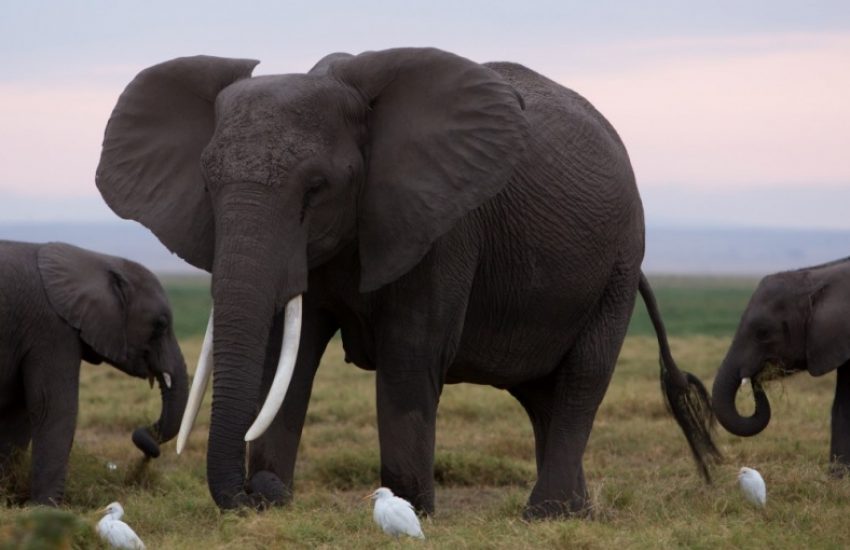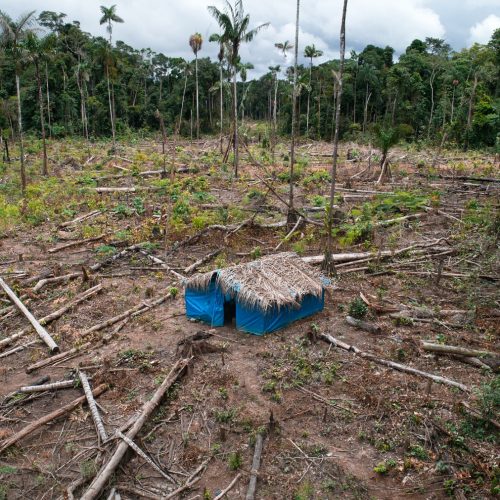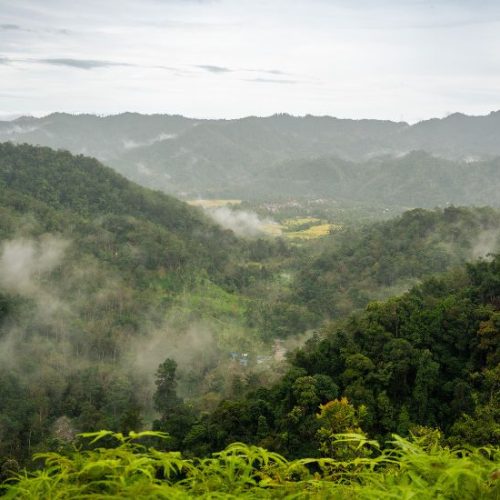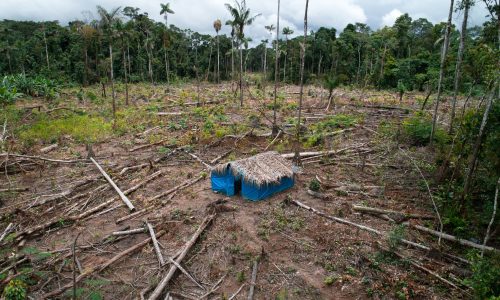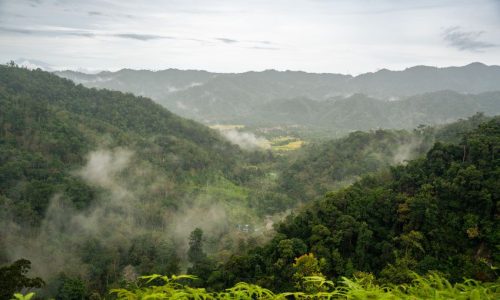Monday 26 october 2020
To save elephants from the threat of extinction we need to get better at predicting poaching attacks before elephants are killed. The same techniques that are used by intelligence units for counter-insurgency and counter-terrorism have been piloted in Kenya to counter elephant poaching, with the aim to stop the killing before it takes place. Information coming from local communities and community wildlife scouts is vital while building predictive models.
Headerphoto: Elephants © IFAW
Problem
Poaching networks have become professionalized. They are large, well-resourced and sophisticated. The criminals behind poaching are the same criminals that are behind drug smuggling, gun running, human trafficking and even insurgency and terrorism. In the greater Tsavo Conservation Area in Kenya around 50 elephants were killed each year.
Besides the threat of poachers, these elephants face another deadly risk: conflict with people. Changing lifestyles and a growing human population have resulted in more conflict between people and elephants in this landscape. These conflicts are a serious problem for communities and elephants. When these conflicts are not mitigated communities will become de-connected from wildlife. This will result in more poaching incidents.
Approach
Chasing ivory traffickers is very important, trafficking syndicates must be disrupted as much as possible, but the tusks these criminals are trafficking are coming from dead animals. To save elephants from the threat of extinction we need to get better at predicting poaching attacks before elephants are being killed.
In order to counter poachers and mitigate human elephant conflict, intelligence analysts need to process data coming from various resources: park rangers, police, community scouts, community informants, investigators and field based non-governmental organizations. As much as discarded water bottles or motorbike tire tracks in unusual remote areas can be important indicators for the intelligence analysts. This kind of information, combined with satellite imagery of the presence of elephants in the area, may suggest an imminent poaching attack. Geographic Information System (GIS) imagery can indicate the paths into the park that poachers are most likely to travel.
Result
The pilot carried out by partner organization IFAW in the Tsavo Conservation area (42.000 km2, the size of the Netherlands) and the Galana Ranches (12.000km2) was extremely successful. 85 poaching incidents were prevented in two years. The poaching numbers went down by 76% (37 elephants saved) in 2015. In 2016, the poaching numbers went down by 98% (48 elephants saved); only 1 elephant has been killed. The Kenya Wildlife Service is now tracking more than 12 organized crime networks in the area where it was not tracking any previously.
Partner organization IFAW successfully implemented this strategy under the name ‘tenBoma’ in the Tsavo Conservation Area and the Galana Ranches. The same approach is now being implemented in the ranches in the Amboseli landscape and the South Rift Valley of Kenya, in partnership with IUCN NL, HoA-REC&N, IFAW, the South Rift Association of Land Owners (SORALO) and the Dutch Ministry of Foreign Affairs.
Learn more?


Henk
Simons
no longer working at IUCN NL
